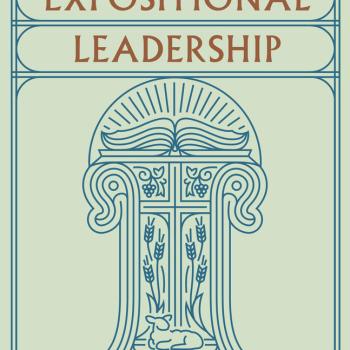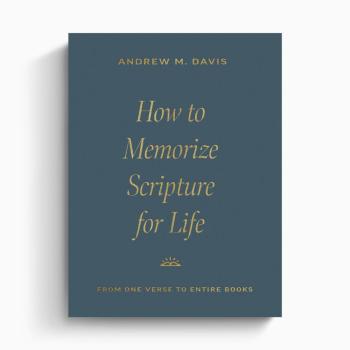Review of Sex and Violence in the Bible: A Survey of Explicit Content in the Holy Book by Joseph W. Smith, III
Joseph Smith relates in his introduction to this book that he arranged for a screening of The Artist at his church. The 2011 film is a charming black and white comedy about a silent movie star in 1920s Hollywood struggling to cope with the transition to talkies. It won the Oscar for Best Picture.
Smith relates that a church member complained because they felt the movie was inappropriate for a church audience. The Artist is rated PG-13 “for a disturbing image and a crude gesture.”
In response, Smith wrote Sex and Violence in the Bible, a book at turns hilarious and sobering, that is exactly what its title says: a survey of all the most salacious stuff in the good book. Smith complains that most of our sermons on Sunday mornings are rated G. His book proves beyond a shadow of a doubt that the Bible is rated R.
Specifically, Smith gathers together and reviews all Scriptural references to aphrodisiacs; male genitalia; female anatomy; nudity; premarital sex; marital sex; oral sex; adultery; prostitution; bestiality; incest; homosexuality; blood; torture; rape; dismemberment; death by fire; cannibalism; human sacrifice; mass killings; menstruation; semen; bowels, boils, and leprosy; vomit and corpses; and feces and urine. 
Then he reminds us that “All Scripture is breathed out by God and profitable for teaching, for reproof, for correction, and for training in righteousness, that the man of God may be complete, equipped for every good work,” (2 Timothy 3:16-17 ESV).
Smith presents this Scriptural content with good scholarship, consulting other authors and resources and going back to the original Greek and Hebrew phrasing to describe just how explicit the original language was. He puts each passage in its context so we can understand just what the Biblical authors’ purpose was in including this graphic content.
But Smith saves his analysis for the brief concluding chapter. The Bible includes this stuff, but doesn’t dwell on it. It mentions body parts, but almost always uses euphemisms. It contains gory deaths, but rarely lingers on them. The Bible’s sensitivity is “not that of a twenty-first-century schoolboy, nor is it that of a nineteenth-century Victorian housewife,” (216). We, he says, should be likewise.
Religion is useless if it only deals with the polite aspects of life. Life is messy, earthy, full of pain and death and sex. If your religion doesn’t have a category for these things, you aren’t doing it right. The Bible has a lot to say about sex and, when it’s about married sex, it’s all positive (go read the Song of Solomon). The Bible has a lot of stories of horrible violence—because it has an accurate understanding of human nature and depravity. The Bible’s ability to relate to these aspects of human life accounts for its timelessness. It isn’t a book for those of delicate sensitivities.
And thank God for that. Much of the violent imagery is in prophetic passages describing sin or the consequences of sin, Ezekiel 16 and 23 being the two most-referenced examples in his book, in which Ezekiel graphically describes Israel as a whore. Smith sees in this “another aspect of [God’s] grace, of his willingness to employ even the most extreme methods to reach and redeem his people: racy parables about whorish girls; threats involving vomit, feces, and dismemberment…” (218-9). This is good, because “The Bible, in other words, wants to make sin seem as bad—as repulsive, disgusting, and abhorrent—as it really is,” (217).
This book made me look on the Bible in a new light. I wish Smith had included a bit more of his analysis throughout the book. He did a good job in some chapters in introducing a Christological theme—showing how Christ, for example, in touching lepers or the woman with a bloody discharge, made them clean, illustrating his power over sin. More of this would have been welcome.
Meanwhile, I hope this book and others like it will help Christians understand the right way to approach the earthy parts of life.












